I started P&P by reading one of the recommended books in the reading list, “Train your Gaze, A Practical And Theoretical Introduction to Portrait Photography” by Roswell Angier
The book has been divided into 12 distinct chapters covering a range of topics with regard to portraiture. Each chapter talks about photographing people from different perspectives, gives context and real world examples and then ends the chapter with an assignment. The book is more about process of shooting portraits than about technical skills, although those are covered in the three appendices at the end of the book.
It’s a big book. Literally. Lots of information to absorb and as I work my way through it, I have decided that I will reflect and write up my thoughts as individual posts so quite possibly I may have several on this subject.!
Introduction & Chapter 1:
It never occurred to me that circumstances around asking someone for permission to take their picture could be different depending on whether you are speaking to a stranger or to someone you know. I doubt very much that I would differentiate. I usually walk up to people I know and ask them if I can take their picture. I don’t really say, “ I would like to take your portrait”. Having said that I do agree with Angier’s premise in that the two statements, namely, “I want to take your picture” and “I would like to make a portrait of you” clearly have two separate and distinct connotations. The first being more playful while the latter has a more serious connotation and this, therefore, may influence the behavior of the subject.
Maybe. I am not so sure. It might be cultural phenomena. I find that depending on whom I speak with, the reaction is somewhat different. In the Middle East and parts of Asia, a request to take a picture immediately results in that person straightening him or herself in front of the lens and becoming very serious. Stoicism seems to be the mode. Exceptions are usually when friends are celebrating and very comfortable with each other and that usually results in “hamming” it up in front of the camera. Then there’s the “say cheese” category. The camera comes and they say “Cheeeeese!” I have never seen a good “Say Cheese” image. It often looks fake to me. Sometimes, the subject even looks like they are grimacing instead of smiling.
On the other hand, some cultures are quite comfortable with the idea of having their pictures taken and that comfort usually comes out in the picture. I won’t get into more categorization because I don’t want to be accused of stereotyping. I think it’s more about the how the “privacy” is defined. I love street photography but I live in the Middle East where the idea of someone taking pictures of people on the street especially if the subject comes from conservative [Muslim] backgrounds is seriously frowned on. In fact, depending on whom you take a picture of, it’s a finable and even a jailable offense.
But I digress.
Going back to the book, while there is reference to the process of taking pictures of people, there is also about the presence of the photographer and how he / she interacts with the subject.
Chapter 1, therefore, is entitled “About Looking”. What struck me about this chapter was the reference to a series of images taken by Richard Avedon called “The Family”. Images taken of very important and powerful people, mostly men. Images shot in a very deliberate and confrontational manner. According to Angiers, Avedon would not speak to his subjects while he was shooting. For the entire session he would walk around the room, with a cable release in his hand, staring at the subject but not saying a word. The result was a set of images where you could see the subject re-acting to the photographer’s gaze. Reactions ranging from defiance, seriousness, discomfort, maybe even nervousness. These portraits are referred to by Angiers as being “aggressive personal statements…. It ‘s more about confrontation with the subject acknowledging and returning the photographer’s gaze.” A very interesting concept; Angier’s relates this technique to the early days of photography when due to the slow speed of cameras the subject was to require very still for an extended period of time to get their image on film. Thus, the seriousness and the stiff poses. While that makes sense to me, it’s not something I would be comfortable trying out as suggested in the assignment.
I don’t want to take pictures that have that kind of confrontational element to it. I don’t like it. I don’t think I could stand in front of a subject for 15 minutes much less an hour and not make an attempt to put them at ease. I thought about the assignment for quite a while. In my mind, I tried different alternatives for possibly completely this assignment but in the end I found myself completely overwhelmed by the whole concept.
Chapter 2: “Self Portrait, No Face”
This chapter begins with a short history of the practice of portrait photography. Angier’s narrates the practice beginning with Louis Daguerre’s announcement in 1839 of having invented a way of fixing an image in a camera. In all of the early explorations into portrait photography, the key element was the face, which had to be visible in all images. What was most interesting to me and very unlike what many contemporary photographers espouse, early portrait photography had very little to do with establishing the character or personality of the subject; rather it focused more on the concept of the persona as a mask. In all of the early portraits (both those displayed in the book and ones I have seen on the web), this is demonstrated by the gravity with which the subjects view the photographer. One has absolutely no inkling about who these people really are. Angier’s then goes on to talk about the work of various photographers who went on to try and reflect more than the outer façade that was presented to the viewer.
From that point he then begins a discussion on the concept of self portraits and examines the work of a number of photographers: Lee Friedlander, John Coplans, Jo Spence and Shirin Neshat. What is common in all of these bodies of work is that the self-portrait in itself do not reveal much of what is behind the image and often the viewers are left wondering about the meaning behind the image. There is ambiguity which “is supported by the absence of a complete face”. In short, according to Angiers, without a face, a portrait may evoke a strong reaction from the view and at the same time thwart any attempts to understand the image itself resulting in multiple interpretations and often leaving the viewer frustrated.
I found that I also had a similar reaction to the body of work discussed in this chapter. Some of the self portraits were quite compelling and intriguing, while others were a bit too graphic and evoked strong reaction from me (not necessarily positive in nature). I can’t say I liked the work of Coplans or Spence. I found their images too confrontational and somewhat disturbing. On the other hand, I liked Friedlander and Nesbit’s self-portraits. I thought they were compelling enough without evoking over strong negative feelings.
Most interestingly, according to Angiers, if this concept of a portrait with no face is extended to self-portraits, you as your own subject are not in control of how that self-portrait will essentially turn out. You may end up with images of your own self that you do not like or even understand. This premise completely resonated with me. I don’t really like standing in front of a camera. Reading this chapter made me a bit introspective. Why don’t l like standing in front of the camera? I suppose it may be lack of courage to a certain extent (afraid of what I might see and not like) and perhaps to a certain extent also not liking the feeling of not being in control. Maybe it has something to do with self-esteem and confidence? What ever it may, reading this chapter has certainly put me in a very introspective mood.



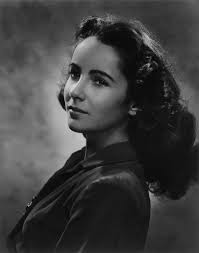














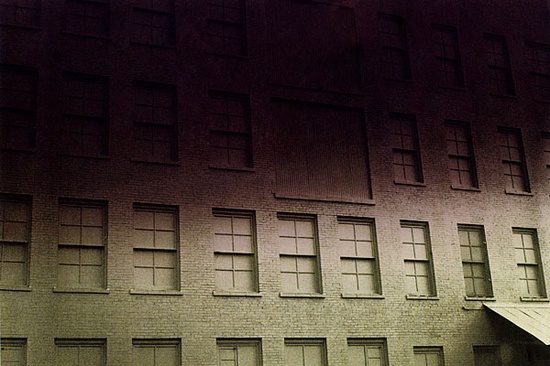

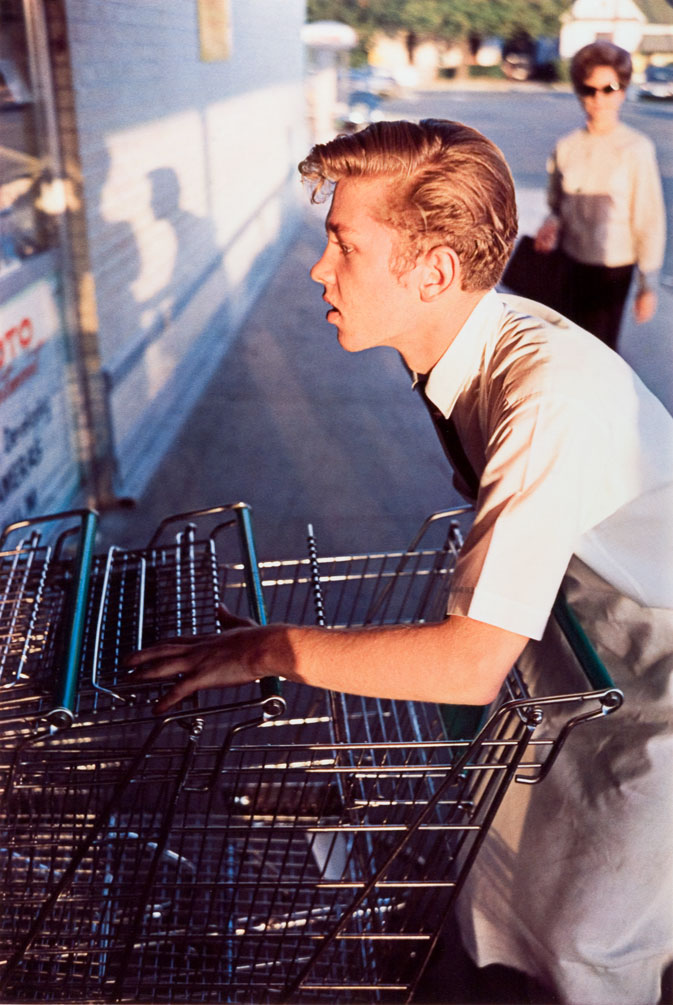
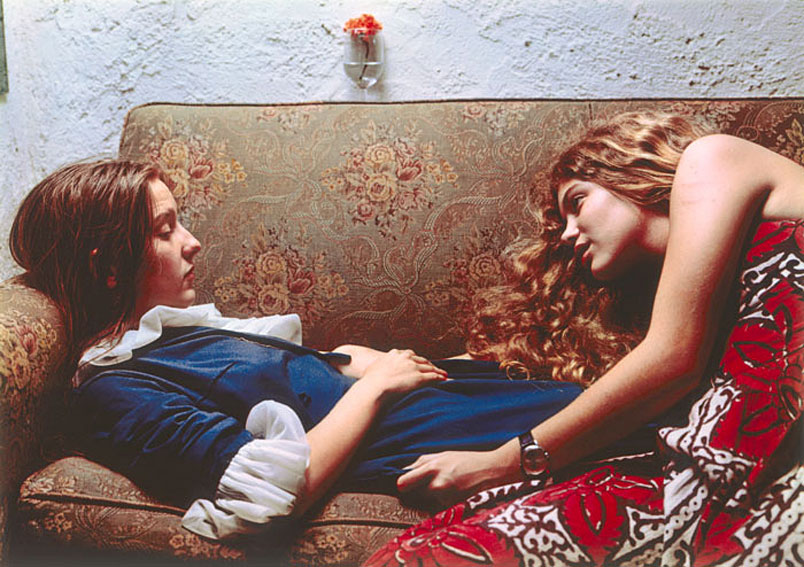
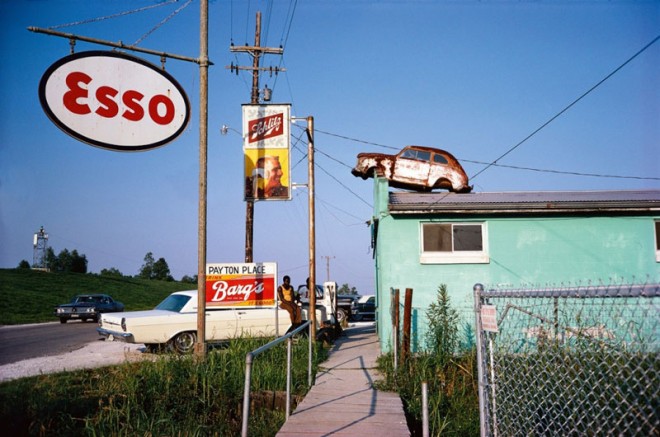
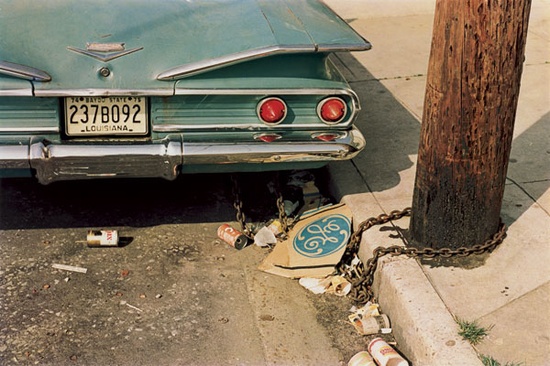
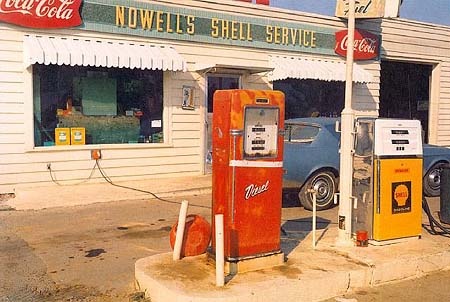
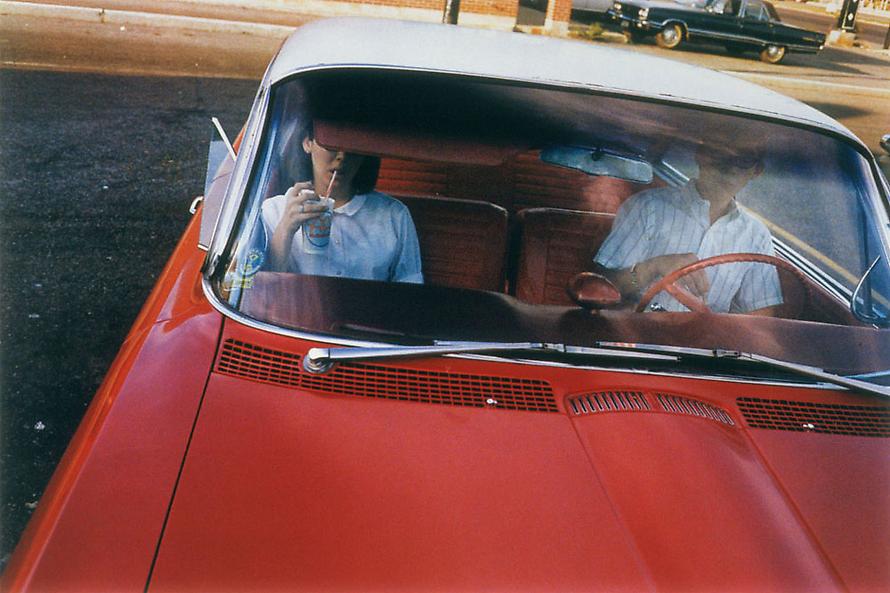

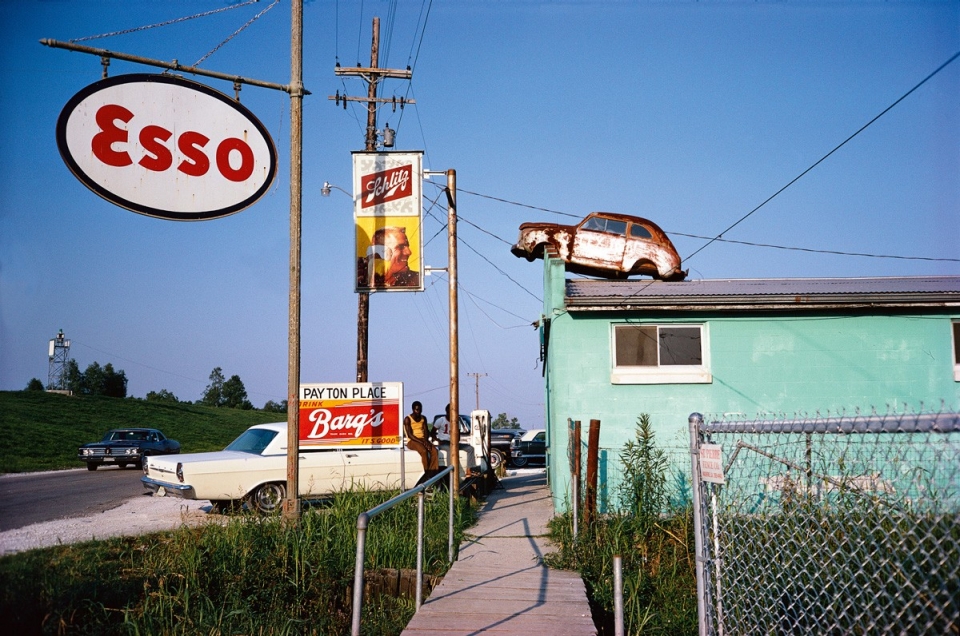
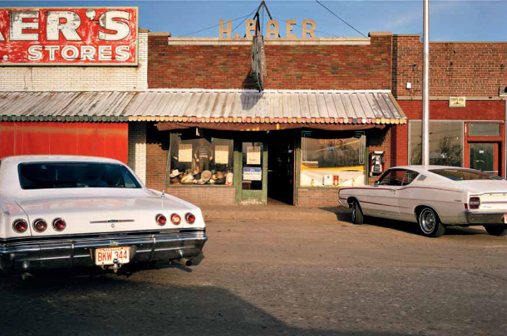
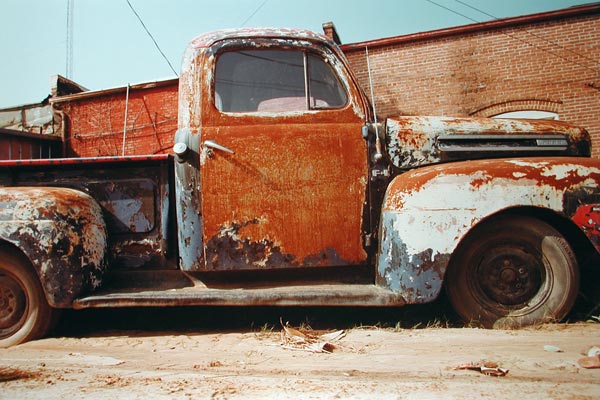
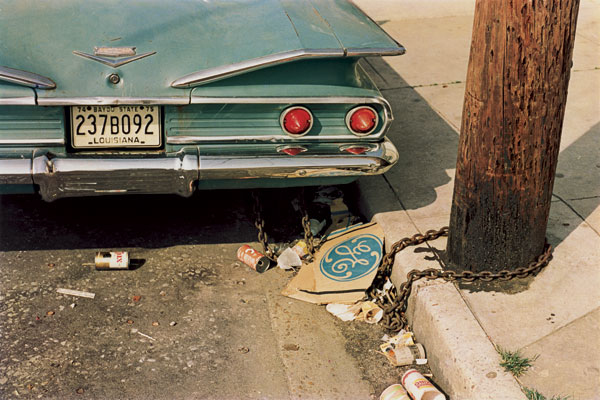
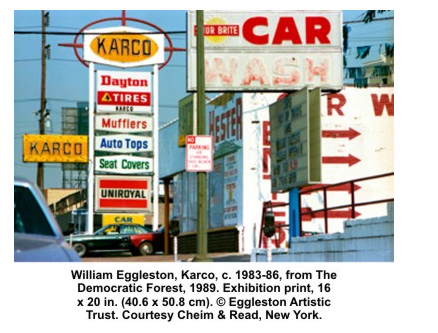
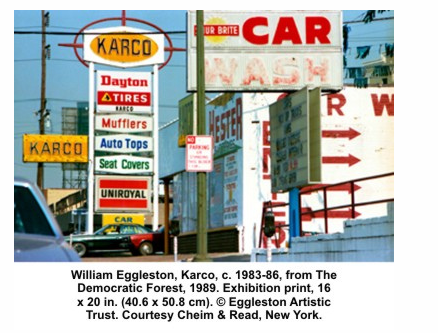



























![Josef Sudek: Profily 1; Z Praci Mistru Ceskoslovensk Fotografie [COMPLETE]](http://saadiastreet.files.wordpress.com/2012/06/61191359-josef_sudek_03.jpg?w=233)






